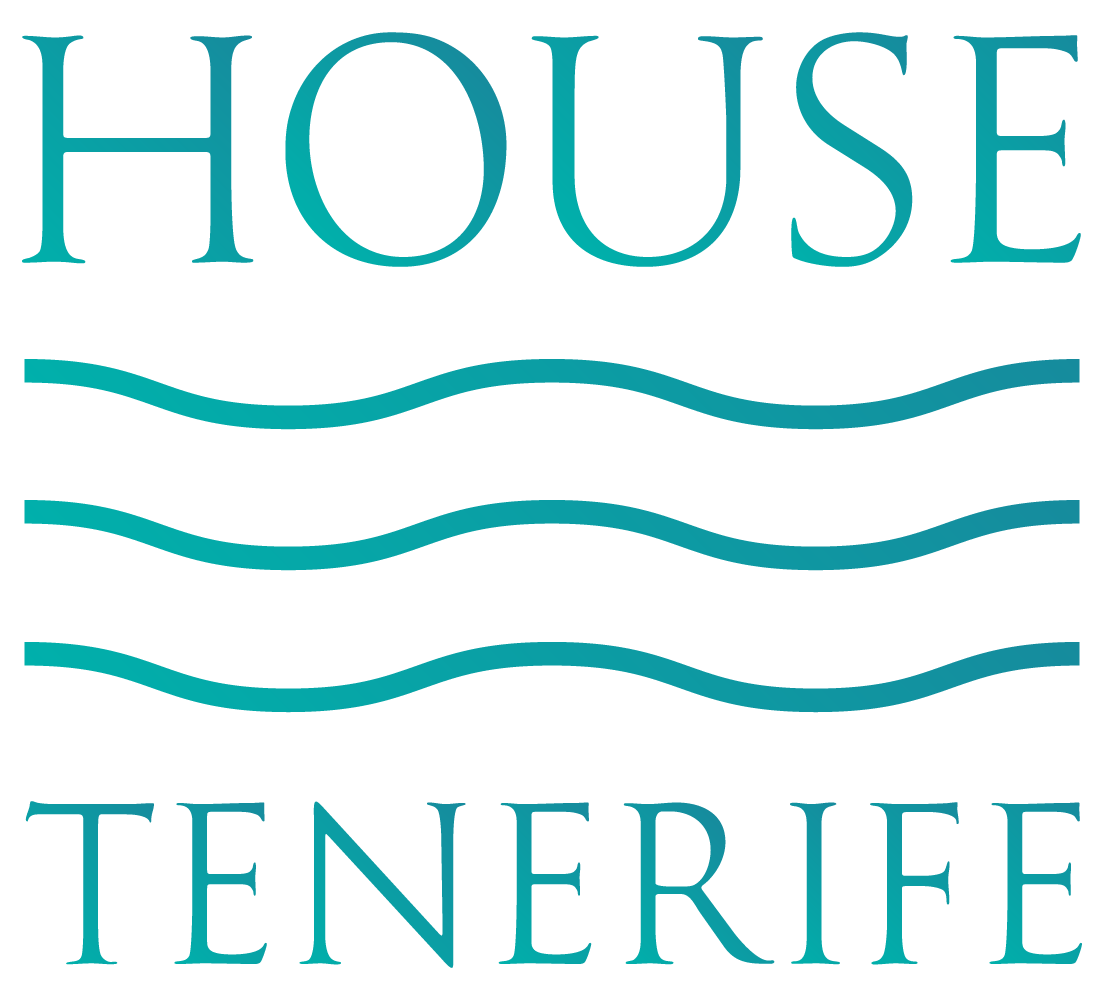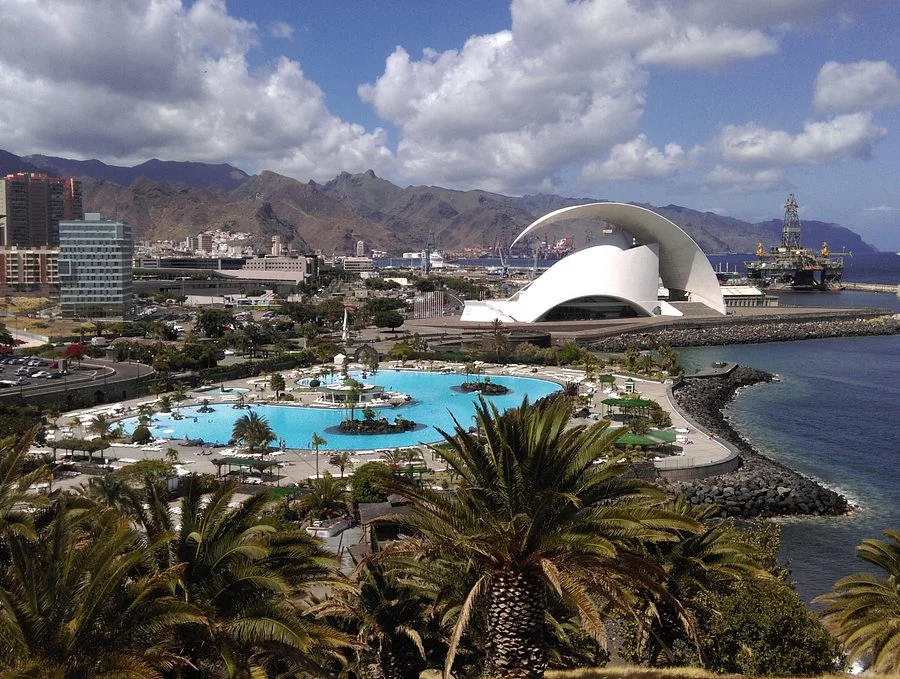Spain remains one of the most attractive real estate markets in Europe. From holiday apartments in Tenerife to luxury villas in Marbella or historic houses in Barcelona, foreign buyers account for a significant share of property transactions. According to data from the Spanish Land Registry (Colegio de Registradores), foreigners represent more than 13% of all property purchases annually, with the Canary Islands, Balearics, and Costa del Sol leading the charts.
With such high international demand, sellers must understand that buyers — particularly overseas investors — apply strict criteria when evaluating whether a property is worth the asking price. A home is not considered “ready for sale” until it meets both legal cleanliness and physical market readiness standards. Failing in either dimension can reduce market value by 10–20% or delay the sale for months.
Below is a professional breakdown of how to assess whether your Spanish property is truly clean and market-ready.
Legal Cleanliness: Eliminating Hidden Risks
In Spain, “clean title” is not just a marketing term — it is the foundation of every transaction. Before listing your home, verify the following:
-
Property Registry (Registro de la Propiedad): Confirm that ownership is clearly registered, with no disputes or missing updates.
-
Debts and Encumbrances: Mortgages, unpaid community fees, or tax liens transfer with the property and discourage buyers. Sellers should clear these before negotiations.
-
Certificates and Licenses: The cédula de habitabilidad (habitation certificate) and the certificado energético (energy certificate) are mandatory. Absence of these documents can block the sale.
-
Urban Planning Compliance: Especially relevant for villas, fincas, and rural properties. Illegal extensions or unregistered swimming pools can trigger fines or demolition orders.
-
NIE Number Spain: Essential for all parties involved in the transaction, including the seller.
Analytical Insight: Research shows that properties marketed without full legal documentation spend on average 40% longer on the market and often sell at a 5–8% discount compared to fully compliant listings.
Physical Cleanliness: Presentation as a Value Driver
Beyond legal matters, presentation is critical. In Spain’s competitive coastal markets, buyers compare multiple similar properties. The one that looks clean, modern, and well-maintained usually sells first.
Key areas to focus on:
-
Deep Cleaning and Neutral Staging: Professional cleaning services cost relatively little but create a strong first impression. Neutral staging reduces the “personal” feel and makes the property appealing to a wider audience.
-
Repairs and Cosmetic Upgrades: Fix visible defects (cracked tiles, leaking taps, chipped paint). In many cases, a repaint in neutral tones increases perceived property value by up to 5%.
-
Outdoor Areas: Terraces, gardens, balconies, and pools are decisive factors in Spain. A tidy patio or refreshed pool area can boost buyer interest significantly.
-
Lighting and Ventilation: Spanish buyers and expats alike prioritize natural light. Ensure curtains, blinds, and windows are presented at their best.
Market Data: According to Fotocasa’s 2024 report, properties that undergo minor renovations and professional staging sell on average 30% faster and at up to 7% higher prices.
Technical and Structural Checks: Building Confidence
Modern buyers, especially foreign investors, are increasingly requesting technical reports. A professional surveyor in Spain can evaluate:
-
Structural integrity (cracks, foundations, roof stability).
-
Plumbing and electrical systems.
-
Humidity or mold, particularly in coastal regions.
Such inspections not only prevent disputes but also build trust. Offering a clean technical report at viewings can shorten negotiations and improve your bargaining power.
Investor Behavior Insight: Northern European buyers, who make up a significant share in Tenerife and Costa del Sol, often demand technical inspections before committing. Providing these upfront positions your property as lower-risk and investor-friendly.
Financial Transparency: Preparing for Closing Costs
Selling property in Spain comes with financial responsibilities that newcomers often underestimate:
-
Capital Gains Tax (CGT): Between 19% and 26% on the profit, depending on the seller’s residency status.
-
Plusvalía Municipal: A local tax on land value appreciation, calculated by the town hall.
-
Professional Fees: Estate agent commissions (typically 3–5%), notary and registry costs.
Having a clear breakdown ready for potential buyers reassures them that the seller is serious and organized. It also speeds up the closing process.
Trend Analysis: In 2025, as Spain tightens property tax enforcement, buyers are more cautious. Sellers who cannot provide tax clarity risk losing credibility and offers.
Strategic Considerations: Market Timing and Region
Spain is not one market but many. Selling a holiday apartment in Tenerife requires different preparation than selling a countryside finca in Andalusia or a luxury penthouse in Madrid.
-
Tourism-driven areas (Canary Islands, Costa del Sol): Presentation and rental potential are key.
-
Urban centers (Madrid, Barcelona): Legal compliance and efficiency of transaction are prioritized.
-
Rural properties: Authenticity matters, but legal paperwork (land classification, water rights) is often the main obstacle.
Investor Note: Tenerife in particular shows strong rental demand, with occupancy rates of 70–80% annually for well-managed holiday apartments. Buyers here look not only for a clean title but also for a property ready for immediate rental income.
Conclusion
To ensure that your property in Spain is ready for sale, you must think like a buyer:
-
Is the title legally clean, with all certificates and no debts?
-
Does the property look fresh, neutral, and move-in ready?
-
Can you provide technical and financial transparency without hesitation?
In today’s competitive Spanish real estate market, a home that is both legally and physically “clean” has a clear advantage. It sells faster, attracts international buyers, and secures a higher price.
Whether it’s a modern apartment in Tenerife, a traditional Spanish house, or a luxury villa with sea views, the principle is the same: preparation is the key to maximizing value.



